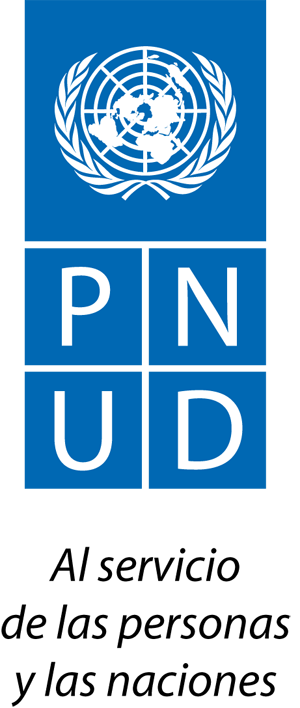
Goal 5: Gender equality
Achieve gender equality and empower all women and girls
Empowering women and promoting gender equality is crucial to accelerating sustainable development. Ending all forms of discrimination against women and girls is not only a basic human right, but it also has a multiplier effect across all other development areas.
Since 2000, UNDP together with our UN partners and the rest of the global community has made gender equality central to our work, and we have seen some remarkable successes. More girls are now in school compared to 15 years ago, and most regions have reached gender parity in primary education. Women now make up to 41 percent of paid workers outside of agriculture, compared to 35 percent in 1990.
The Sustainable Development Goals (SDGs) aim to build on these achievements to ensure that there is an end to discrimination against women and girls everywhere. There are still gross inequalities in access to paid employment in some regions, and significant gaps between men and women in the labour market. Sexual violence and exploitation, the unequal division of unpaid care and domestic work, and discrimination in public decision making, all remain huge barriers.
Ensuring universal access to sexual and reproductive health, and affording women equal rights to economic resources such as land and property, are vital targets to realizing this goal. There are now more women in public office than ever before, but encouraging more women leaders across all regions will help strengthen policies and legislation for greater gender equality.
Gender equality is one of 17 Global Goals that make up the 2030 Agenda for Sustainable Development. An integrated approach is crucial for progress across the multiple goals.
- End all forms of discrimination against all women and girls everywhere
- Eliminate all forms of violence against all women and girls in the public and private spheres, including trafficking and sexual and other types of exploitation
- Eliminate all harmful practices, such as child, early and forced marriage and female genital mutilation
- Recognize and value unpaid care and domestic work through the provision of public services, infrastructure and social protection policies and the promotion of shared responsibility within the household and the family as nationally appropriate
- Ensure women’s full and effective participation and equal opportunities for leadership at all levels of decisionmaking in political, economic and public life
- Ensure universal access to sexual and reproductive health and reproductive rights as agreed in accordance with the Programme of Action of the International Conference on Population and Development and the Beijing Platform for Action and the outcome documents of their review conferences
- Undertake reforms to give women equal rights to economic resources, as well as access to ownership and control over land and other forms of property, financial services, inheritance and natural resources, in accordance with national laws
- Enhance the use of enabling technology, in particular information and communications technology, to promote the empowerment of women
- Adopt and strengthen sound policies and enforceable legislation for the promotion of gender equality and the empowerment of all women and girls at all levels
The SDG Fund response
The SDG Fund has placed gender equality and women’s empowerment at the heart of its efforts to accelerate progress towards the SDGs. By directly empowering women and by bringing a gender perspective to all development work, we can build a more equitable, sustainable future for all. All SDG Fund programmes mainstream gender into their implementation and monitoring plans.
For example,
- In Bangladesh, the labor force participation of rural women is only 36.4% compared to 83.3% of men. Creating employment and income generating opportunities for women and enhancing their access to social protection will help reduce gender disparities.
- In Ethiopia, rural women lag behind in access to land property, economic opportunities, justice system and financial assets. Women farmers perform up to 75% of farm labor but hold only 18.7% of agricultural land in the country. The SDG Fund is using a multifaceted approach to generate gender-sensitive agricultural extension services, support the creation of cooperatives, promote the expansion of women-owned agribusiness and increase rural women’s participation in rural producer associations, financial cooperatives and unions.
- In the occupied Palestinian territory, the SDG Fund joint programme is helping to improve the livelihoods of Palestinian women. The programme is building the capacities of women-owned and run MSMEs and cooperatives, preserving cultural and agricultural products, and turning them into marketable and exportable products. In addition, the programme is protecting local production and establish incentives for women cooperatives.

